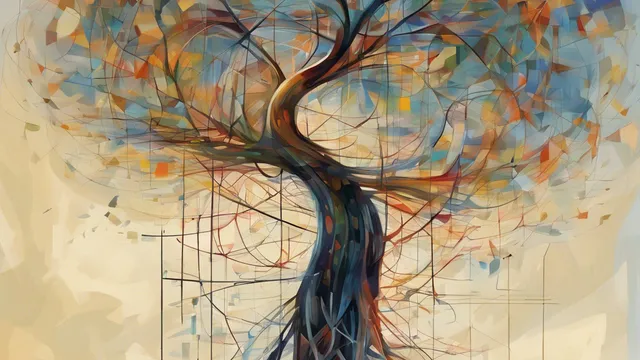On the life and afterlife of proofs
An attempt at elucidating the significance of proofs in mathematics, not as a means of verification, but as a means of discovery and advance. After quickly going through different types of proof we delve into that of the Euler's conjecture. The theme of the website is "trails through the world of mathematics"
Analytics
Comments
7.2
I wish more people were introduced to mathematics like this! I loved the article
3.4
This was a good exploration of the relationship between definition and proof, but was very verbose without much novelty. I also took some issue with mathematics being described as human, but that's more a matter of philosophy.
7.1
Artistic, well oriented and has something to make one think more about geometry. Great.
8.6
The tone was quite lovely. I think the informal tone made this resonate with me more. Reading this brought back the same wonder and curiosity that made me interested in mathematics in the first place!
It felt like someone was guiding me through a museum exhibit, and was doing a pretty good job of it!
It anticipated questions and addressed them well. Case in point: 'conjectured (such is the word when one is unsure about a statement but feels optimistic about it)' or 'connected (meaning one can get from any place to any place)'.
The examples were very well chosen. They highlighted what the key concepts were and what they were not.
7.5
I like the idea of the trail. Taking readers on a journey step by step to see how proofs work. I think overall this was well motivated.
5
This is pretty good - I like the metaphor, although I think it was used a little too commonly. The topic of the blog is a pretty common one, but it was also relatively well done.
6.8
The statement “the rationals are dense in the reals, meaning that between any two rational numbers there exists a rational number” is not usually what is meant by being dense in the reals. For example, consider the set of irrational numbers whose base-3 representation does not contain any 1s. This set also satisfies the property that between any two such numbers there is another such number. But they are not dense in the reals. Notably the entire interval from 1 to 2 is devoid of any such numbers. Indeed, every interval on the real line contains a subinterval which has none of these 1-free ternary irrationals, even though those numbers have the “betweenness” property.
The picture after the line “For the prism, we would see this:” does not look like a prism. It looks like a tetrahedron.
